Featuring a bronze, white, aluminum, and black color scheme, the GSP 601 from EPOS / Sennheiser has a wonderfully striking aesthetic, but it’s not all about the looks. As expected from the EPOS flagship 600 series, this durable wired gaming headset also delivers superb audio — especially when paired with the GSX 300 external sound card. In fact, the two go so well together that it feels like they’re practically made for each other, but more on that in a bit. On top of that, the lightweight headset has a unique ergonomic design that’s ideal for lengthy gaming sessions.
Unboxing the EPOS GSP 601 Gaming Headset
The closed-back over-ear headset comes with two braided 3.5mm audio cables. The four-foot console cable an L-shaped 4-pole connector that plugs into compatible game controllers and mobile devices. The other is an eight-foot Y-cable that splits into two individual 3-pole headphone and microphone connectors, which gave me plenty of room to move around and occasionally get my chair tangled up while doing so.
There are two white plastic side plates that be used instead of the bronze-colored ones that come pre-attached on the GSP 601. Detaching and installing the colored plates was surprisingly easy, given how securely they stay on. However, I preferred the look of bronze plates, which I think match spectacularly well with games such as Star Wars: Squadrons. I know that I can’t see the side plates while wearing the headset, but putting it on with the bronze plates still helped set the mood for outer-space dogfights in a galaxy far, far away.
Designed for long term comfort and high style, the replaceable memory foam-padded earcups have a leatherette exterior to provide both cooling and sound isolation while the headband has a thin foam lining. The plastic headband offers high flexibility and secured the earcups comfortably on my head without squeezing it too tightly. One of the most stand-out features of the headset’s design is how each earcup is attached to the headband using a single metal arm. It’s surprisingly sturdy and offers plenty of movement for comfort. In fact, I happen to wear wide glasses, and I and practically forgot that the GSP 601 was on my head, even after playing for hours.
Listen closely
The built-in controls are minimal. Flipping the large boom mic up automatically mutes it. On the right side of the headset is a volume knob that’s independent of the computer’s audio, giving you some extra volume if you want it. However, having the knob on the same side as my dominant mouse arm can be inconvenient if you need to quickly adjust it during a multiplayer match or fast-action scenes.
Its proprietary speaker system is designed to produce realistic, natural sound, and it certainly delivers. The GSP 601 provides incredible sound fidelity for both music and games while the closed-back design and foam earpads do an excellent job of blocking out external sounds. I could feel the bass play smoothly in movies, games, and songs without rattling my head. At the same time, every bleep and engine sound could be heard clearly from the X-Wing and TIE Fighter cockpits in Star Wars: Squadrons without drowning out the dialogue. Another favorite of mine includes taking in the bubbling water sounds along with the crunch of dirt, coupled with plenty of stabbing, while playing Assassin’s Creed: Valhalla. Whatever technology EPOS used to develop these acoustics, it certainly delivers exceptional quality.
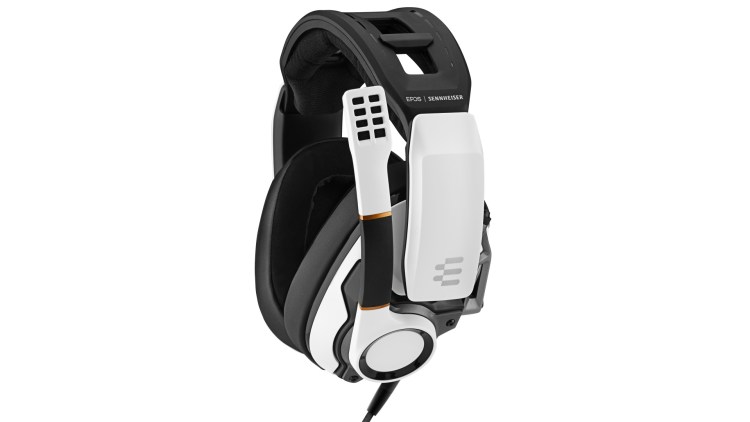
The non-removable boom mic flips up to mute, while the side plates can be switched out for different colors.
But by itself, the GSP 601 lacks features such as virtual 7.1 surround sound and compatibility with the EPOS software for custom equalizer profiles. So, pairing the headset with a USB audio device such as the GSX 300 external sound card practically becomes a necessity for the best possible experience. At the least, spatial audio such as Windows Sonic in Windows 10 should be turned on.
Even though the headset still sounds good with flat stereo sound, the audio loses much of its richness without the boosted equalizer settings. Plugging the GSP 601 into a GSX 300 audio interface took my listening experience to a whole new level, which made the plain headset sound dull in comparison.
Clear communication
Besides the audio, the flexible boom mic turned out to be one of the most impressive features on the EPOS GSP 601. The clarity of the microphone is nothing short of amazing with superb background noise rejection. It even managed to cut out much of my breathing and sighing as my spacecraft got blown up for the hundredth time.
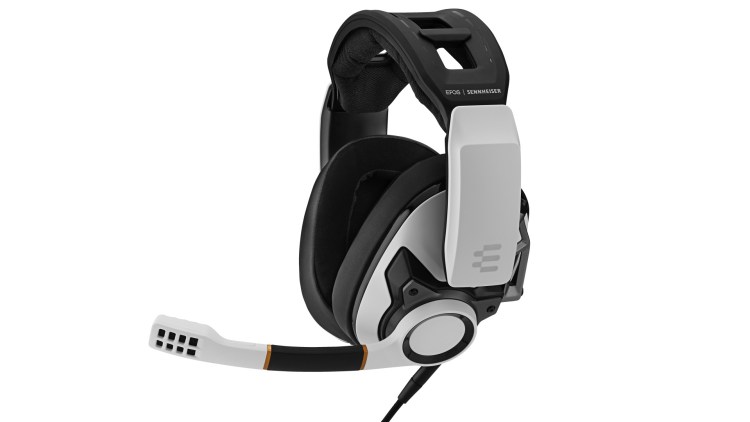
The large, flexible boom mic is far from subtle, but it does an excellent job of rejecting background sounds without distorting your voice too much.
It didn’t completely reject the clicking sounds from my loud mechanical keyboard, even with the added noise gate from the GSX 300 external sound card, but it did minimize the sounds of my mouse clicks and other environmental sounds. Meanwhile, my voice came through clearly without any noticeable distortion from sound compression.
Easy listening
The EPOS GSP 601 is a near-perfect gaming headset that delivers excellent sounding audio while featuring a striking aesthetic design. However, its controls and features are a bit on the thin side, meaning that the best way to get the most from the headset is to pair it with an external USB sound card or to find a software-based solution for spatial sound and custom equalizer settings. The difference in richness and depth when using an external sound device is so significant that it almost feels like you’re getting half the headset when you’re using the GSP 601 by itself.
Fortunately, the near-universal compatibility of its 3.5mm audio connection allows you to use it with practically any audio device or software. Still, it’s too bad a headset of this quality can’t take advantage of EPOS’ custom audio utility and spatial sound technology. However, it makes a strong case for considering the wireless EPOS GSP 670 if you can, which has all the features of the GSP 601 and a USB audio interface built-in.

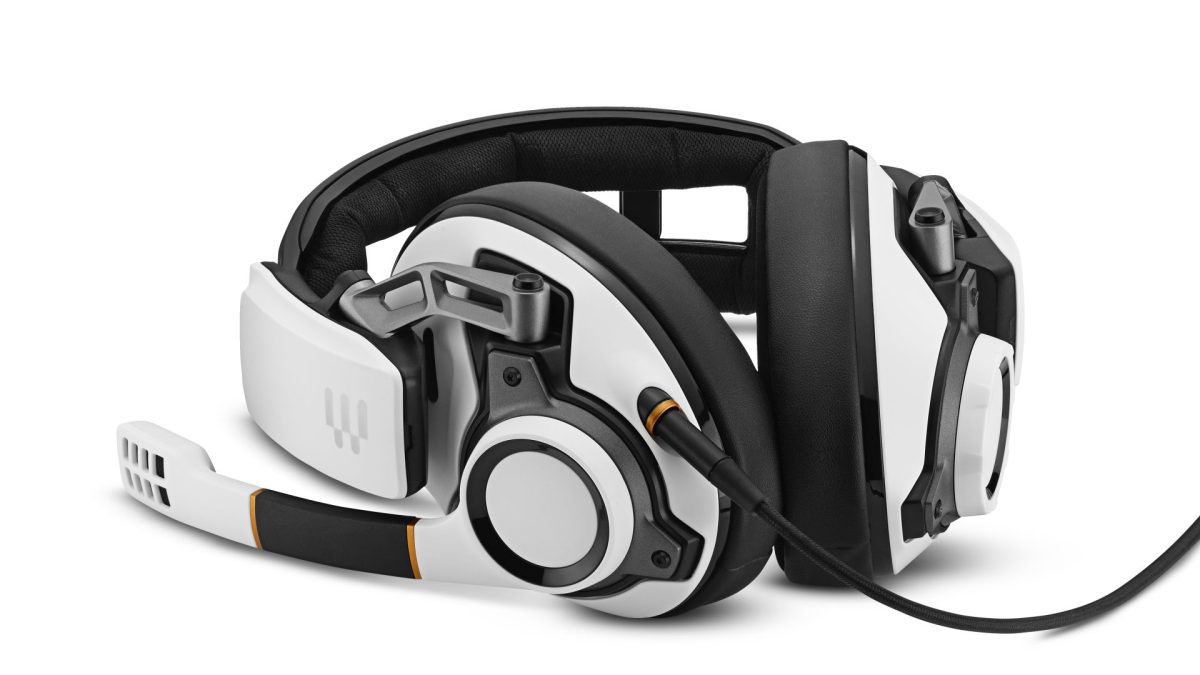
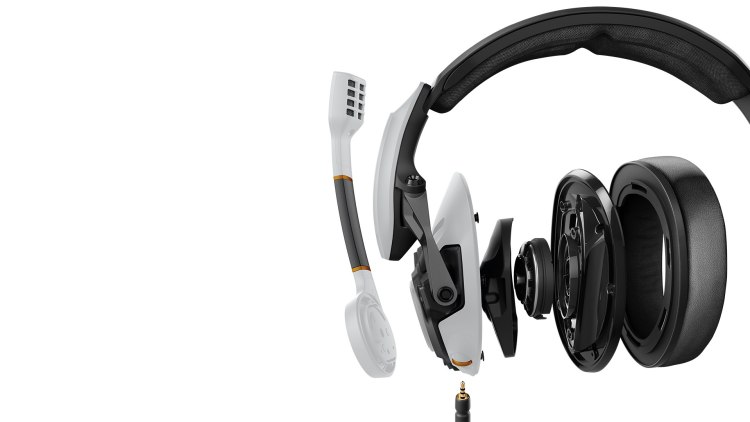
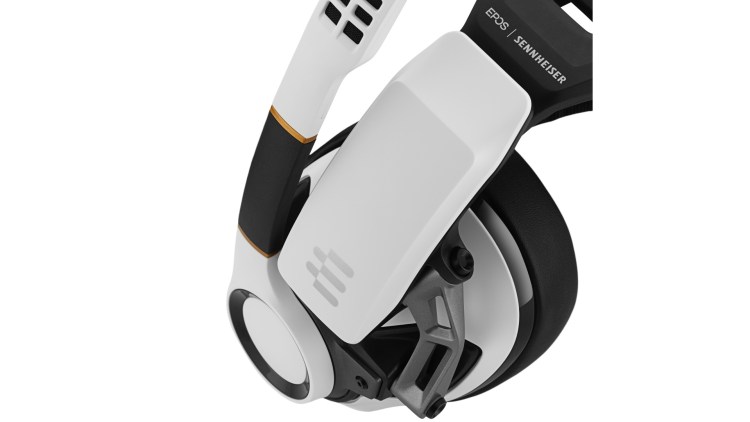






Published: Dec 30, 2020 4:00 PM UTC